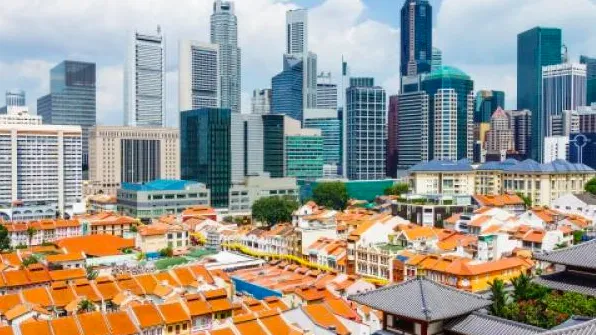
Bizarre behaviour bared: Why Singapore residential rents flatlined despite falling vacancy rates
There were some other “stranger things” happening from Q1/2016 to Q3/2021.
According to Savills, the behaviour of Singapore’s rental market for private residential properties cannot be simply collapsed to an attribution to one or two factors.
Instead, the market is constantly being bombarded by a host of internal and external events whose impact on the market varies in significance over time.
The graph below shows why the rudimentary causality of vacancy being negatively to rents becomes insignificant.
Here’s more from Savills:
For the period Q1/2016 to Q3/2021, while vacancy rates were declining noticeably, then going by economic logic, rents should rise. However, it flatlined. It was only in the period from Q4/2020 to Q3/2021 that rising rents turned the rental trendline slightly up. For the same period, something stranger was happening. Rents rose while vacancy rates also rose. Also, over the same period, rents did not respond to Nominal GDP, hinting that there must be a hidden variable that is causing this breakdown.
After sitting through several focal discussions with leasing agents, we are beginning to piece together an explanation for the market in the past 5 years. The graph below shows that while the net number of leasing transactions has gone up, the net increase in our private housing stock has risen by almost five times. The bizarre behaviour of vacancy rates falling yet rents remaining in a slumber could be explained by the possibility that most new completions were taken up by owner occupiers.
However, concurrently, the remaining number of units looking for tenants also increased with newly completed units having difficulties in finding tenants. We believe that the underlying demand/supply relation to rents did not breakdown, but as there are no statistics on the actual number of private residential units held for investment, the overall vacancy rate could not give a good reading of the state of health of the rental market (as the majority of the units were owner occupied).
But for the period Q4/2020 to Q3/2021, the explanation as to why rents increased while vacancy rates increased becomes convoluted. As the pandemic dragged on, demand for rental units started to change.
The graph below shows a hand wavy hamburger pictorial of the dynamics of the leasing market today. It explains why there is a squeeze on the number of rental units and this is causing a strong upward rental push which began in Q3/2021 and may persist till travel restrictions ease further and economic activity overseas returns to a level close to before the pandemic.
For 2022, we do not expect a quick resolution regarding delays in the construction process. This and the tidal wave of millennials moving out of their parents’ premises to seek privacy as they WFH will also spur rental demand (Please refer to Table 3). Rents in 2022 are expected to rise in a range of 0% to 2% with those in the S$2,500 to S$4,000 rental bracket experiencing the greatest pressure. For 2021, some apartments in this range had already seen rents rise between 10% to 15% YoY.
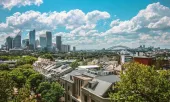

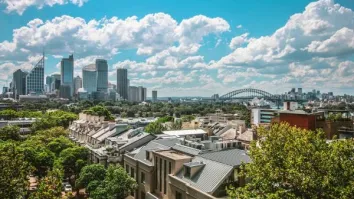

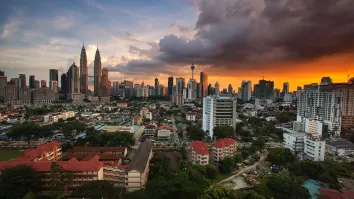
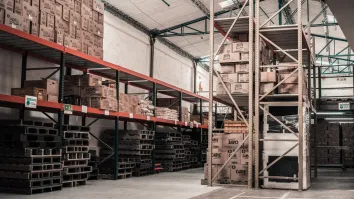







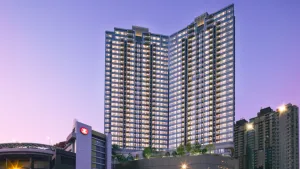



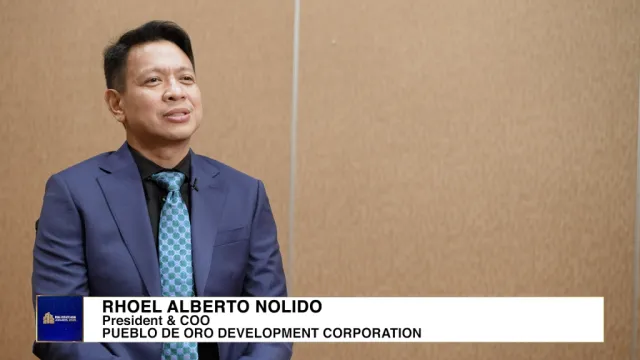

 Advertise
Advertise




